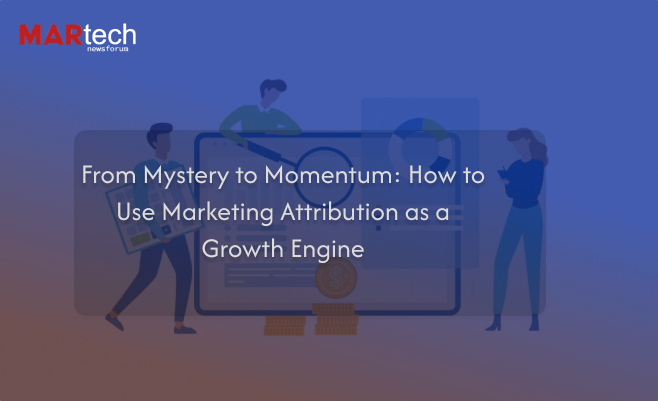
Marketing has always been a blend of art and science. But one challenge has consistently puzzled marketers — understanding exactly which efforts are driving growth and delivering real ROI. This uncertainty often turns marketing performance into a mystery. Enter marketing attribution, a powerful tool that transforms that mystery into measurable momentum.
What Is Marketing Attribution?
Marketing attribution is the process of identifying which marketing channels and touchpoints contribute to a customer’s decision to convert — whether that’s making a purchase, signing up for a service, or engaging with a brand. Instead of guessing or relying on last-click data alone, attribution models assign value across every interaction, giving marketers clear visibility into what’s working and what isn’t.
Why Attribution Matters for Growth
In today’s complex marketing environment, customers interact with brands across multiple platforms — social media, email, paid search, organic content, offline events, and more. Without proper attribution, it’s nearly impossible to understand how these channels work together to influence decisions.
By applying marketing attribution, businesses can:
- Optimize budget allocation: Invest more in channels that demonstrate true impact rather than gut-feeling guesses.
- Improve campaign performance: Identify and double down on effective messaging and tactics.
- Increase accountability: Clearly link marketing activities to business outcomes.
- Accelerate growth: Use data-driven insights to scale what works and eliminate wasteful spending.
Common Attribution Models
Marketers can choose from various attribution models, each offering unique perspectives:
- First-Touch Attribution: Credits the first interaction for the conversion, useful for brand awareness campaigns.
- Last-Touch Attribution: Assigns full credit to the final interaction before conversion, often used but can oversimplify the customer journey.
- Multi-Touch Attribution: Distributes credit across multiple touchpoints, providing a more holistic view of the customer path.
- Algorithmic Attribution: Uses machine learning to assign credit based on data patterns, offering the most precise insights.
Turning Attribution Insights into Growth
Simply collecting attribution data isn’t enough. Marketers need to translate insights into action:
- Analyze customer journeys: Understand which touchpoints create engagement and which stall prospects.
- Refine messaging: Tailor content and offers based on the channels driving the most impact.
- Reallocate budgets: Shift spend dynamically to high-performing campaigns and channels.
- Test and iterate: Use attribution data to experiment with new tactics and continuously improve results.
- Align teams: Foster collaboration between marketing, sales, and analytics to ensure shared goals and transparency.
Overcoming Attribution Challenges
While marketing attribution holds great promise, it’s not without challenges. Data silos, tracking limitations, and integrating offline with online data can complicate efforts. Marketers must invest in robust technology stacks, ensure data accuracy, and maintain a strategic mindset to navigate these obstacles.
Conclusion
From mystery to momentum, marketing attribution is a vital engine for growth in today’s data-driven world. By embracing attribution, marketers gain clarity, optimize resources, and drive smarter decisions that accelerate business success. The key is to move beyond simple assumptions and harness attribution insights to power continuous improvement.
In an era where every marketing dollar counts, attribution transforms guesswork into growth — unlocking the true potential of your marketing efforts.